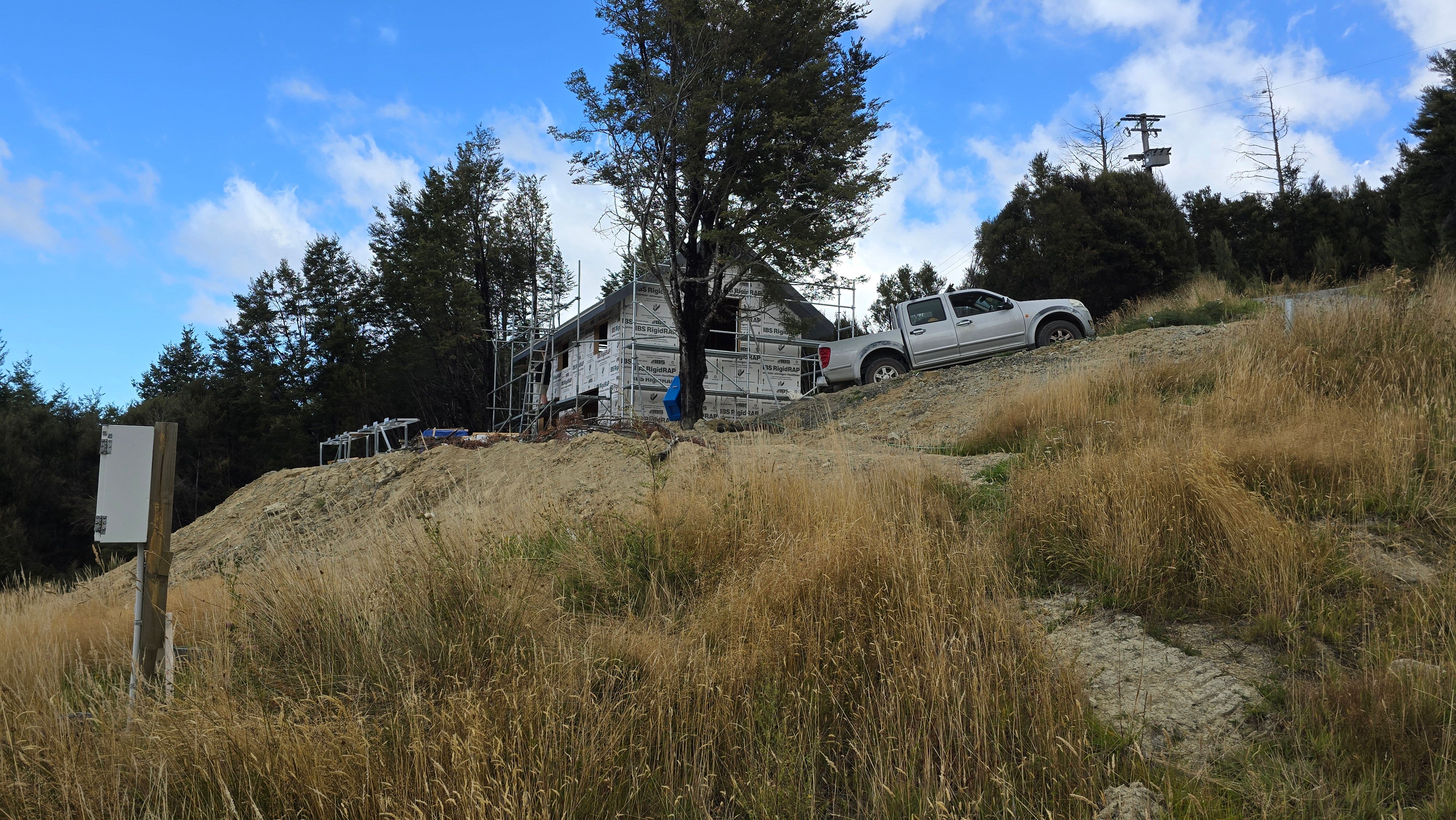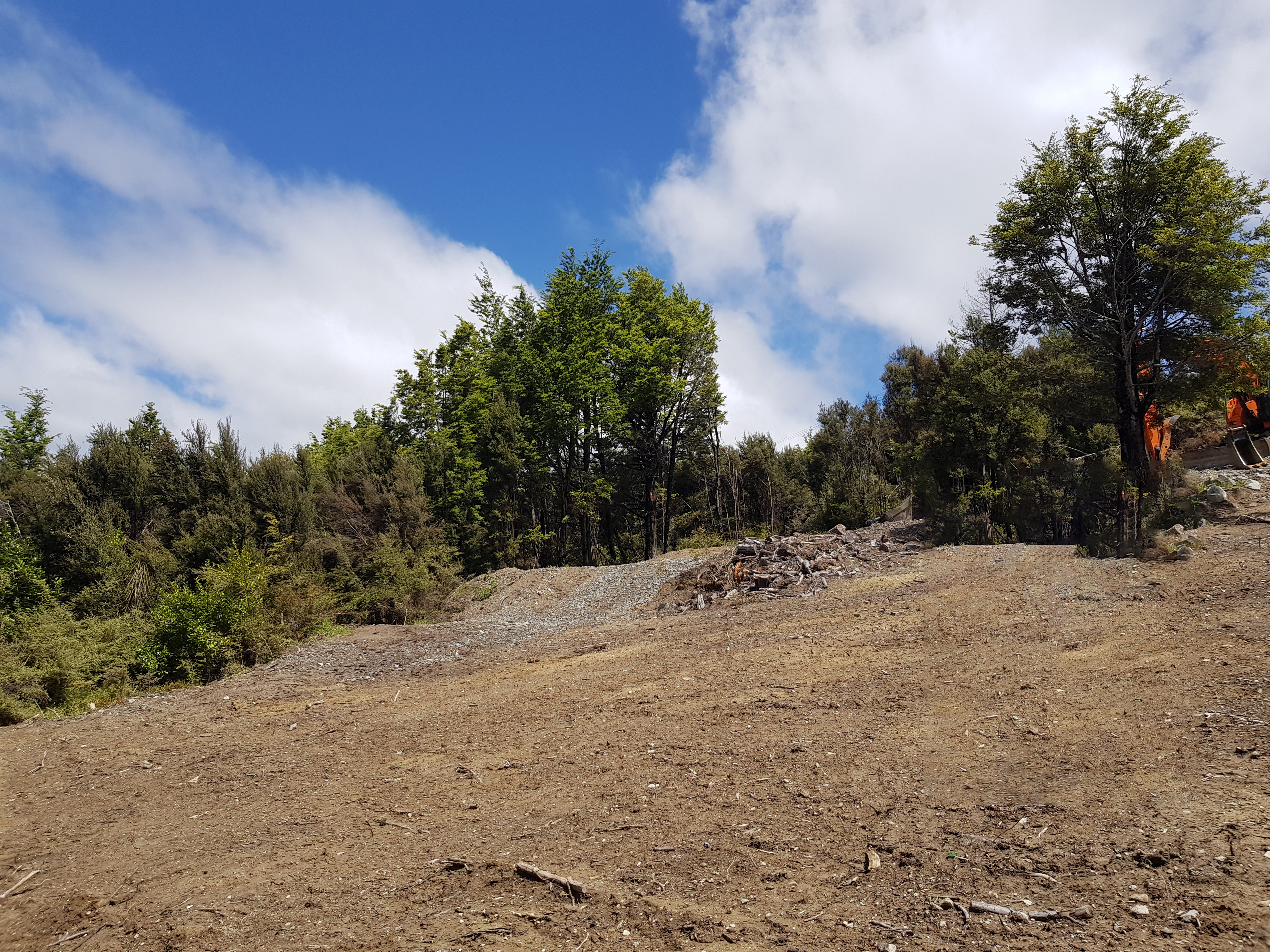Understanding House Orientation in New Zealand
House orientation is a critical factor in New Zealand's property market, influencing comfort, energy efficiency, and overall livability. The direction your home faces – whether it be North, East, South, or West – carries with it a host of benefits and considerations that can significantly impact your lifestyle. Let’s delve into the importance of each orientation and how it affects Kiwi homes.
Reaping the Benefits of a North-Facing Property
In New Zealand's diverse property market, north-facing homes hold a special allure. This is because they enjoy a prime position to capture the maximum amount of sunlight throughout the year. This advantage becomes particularly pronounced during New Zealand's cooler months when the sun remains lower in the sky.
As a result, these north-facing properties bask in an abundance of natural light and warmth that enhances their appeal to homebuyers. But, it's not just about aesthetics or comfort; this orientation also contributes significantly to energy efficiency, thereby offering potential savings on heating costs.
Embracing Energy Efficiency with Passive Solar Heating
For Kiwis who are mindful of their environmental impact and wish to maintain a sustainable lifestyle, the north-facing orientation offers an innovative solution - passive solar heating. This concept leverages the natural energy from sunlight to warm interior spaces without relying on artificial heat sources.
With north-facing homes, windows can be strategically placed to allow low winter sun to penetrate deep into living spaces, creating a warm and cosy atmosphere. As the day ends and temperatures drop, this heat is retained within the home, reducing dependence on artificial heaters. Consequently, homeowners can enjoy not only a comfortable indoor climate but also significant savings on their energy bills.
Enhancing Outdoor Living Experiences
The advantages of north-facing properties aren't limited to their interiors. In fact, their outdoor spaces – be it balconies, gardens, or patios – also reap the benefits. With the sun tracking from east to west in the northern hemisphere, these outdoor areas receive ample sunlight throughout the day. This makes them ideal for creating vibrant gardens, setting up outdoor entertaining spaces, or simply enjoying a cup of coffee in the morning sun.
Additionally, the orientation provides protection from prevailing winds that are often more pronounced in other directions. This creates a sheltered microclimate, allowing homeowners to make the most of their outdoor areas even during breezy weather.
Overall, investing in a north-facing property in New Zealand offers a multitude of advantages that go beyond mere aesthetics. From enhanced energy efficiency to improved indoor comfort and delightful outdoor living experiences, it's clear why these properties are highly sought-after by homebuyers. So, whether you're considering building a new home or looking for your next property investment, it's worth keeping this orientation in mind."
Embracing the Morning Sun with East-Facing Homes
Imagine stepping into your day with the soft, warm glow of the morning sun. East-facing homes in New Zealand capture this experience beautifully. With their orientation towards the sunrise, these properties offer a unique charm and distinct advantages that make them an ideal choice for many homebuyers.
Start Your Day Refreshed and Energised
In an east-facing property, bedrooms and breakfast areas receive the first light of day. This can be a delightful feature for those who enjoy rising early. The gentle warmth of the sunrise can create a serene environment to begin your day, turning simple routines into moments of tranquillity. Whether it's enjoying a quiet coffee or preparing for the day ahead, these spaces bathed in early morning sunlight offer a refreshing start.
Cooler Afternoons for Comfort
As appealing as it is to have plenty of sunlight, the intense heat during midday and afternoon hours can be less than comfortable, especially during New Zealand's warm summers. East-facing homes provide a solution for this concern.
As the day progresses, these properties gradually retreat from direct sunlight exposure. This means by midday and into the afternoon, east-facing homes transition into cooler spaces perfect for rest and relaxation.
Whether you're working from home or enjoying leisure activities, this natural temperature regulation offers an ideal setting to keep you comfortable throughout the day.
Gardening Delights in East-Facing Gardens
For gardening enthusiasts, an east-facing garden holds special appeal. These gardens are bathed in gentle morning rays which are ideal for nurturing a variety of plant species without exposing them to harsh midday sun.
Here are some key benefits:
- Favourable Growing Conditions: The morning sun is less intense than midday sun, reducing risks of overexposure and dehydration for plants.
- Extended Plant Choices: With gentler sunlight conditions, you can grow a wider range of plants that may not tolerate intense heat well.
- Pleasant Gardening Experience: Gardening in the cool of the morning can be a more enjoyable experience, allowing you to tend to your plants without battling the afternoon heat.
An east-facing home offers a unique blend of benefits - from invigorating morning light to cooler afternoons and delightful gardening opportunities. While every orientation has its advantages, it's about finding what suits your lifestyle best.
The Cool Ambience of South-Facing Aspects
Properties that face south receive less direct sunlight throughout the year. These homes typically experience cooler interiors, which may result in increased energy consumption due to the need for additional heating and lighting. Despite these factors, south-facing properties offer a unique set of advantages that can enhance your living experience in several ways.
Energy Efficiency Considerations
While it's true that a south-facing home might require more energy for heating and lighting, it's also important to note that this orientation can offer some energy-efficient opportunities. For instance, incorporating passive solar design principles during construction or renovation can help to optimise heat gain during winter while minimising it in summer.
Views and Serenity
South-facing homes often have a distinctive advantage in terms of their outlook, particularly in areas where the terrain is varied, such as hilly or coastal regions. These properties frequently provide homeowners with stunning views and an elevated sense of privacy. Here are some key points to consider:
- Scenic Landscapes: South-facing homes often overlook beautiful landscapes, from rolling hills to sparkling coastlines. These breathtaking vistas can enhance the aesthetic appeal of your property.
- Privacy: Homes that face south are usually less exposed to street view and neighbouring properties. This can give you a heightened sense of privacy and tranquillity.
- Natural Light Quality: Although south-facing homes receive less direct sunlight, the quality of light they get is often soft and even, adding a serene ambiance to your interior spaces.
Remember, every home orientation has its unique benefits. While a south-facing property tends to stay cooler and might require more heating or lighting, it also offers extraordinary views and a soothing atmosphere that many homeowners value highly. The key is to choose an orientation that aligns best with your lifestyle needs and preferences.
The Allure of West-Facing Properties
For those who love to bask in the glow of the setting sun, west-facing homes offer the perfect solution. These properties are bathed in soft afternoon and evening sunlight, creating cosy and inviting living spaces that truly come alive as the day draws to a close.
Basking in Evening Warmth
The appeal of west-facing homes lies in their ability to capture the warmth of the afternoon sun. This is particularly beneficial during colder months when natural heat accumulation can help maintain a comfortable indoor temperature. As the day winds down, homeowners can enjoy a warm and inviting ambiance that makes relaxation or social gatherings all the more enticing.
Dealing with Heat Accumulation
Despite its benefits, this orientation also presents unique challenges. Chief among these is managing heat accumulation during warmer months. A west-facing home will naturally attract more heat as it faces the sun's most intense rays during the late afternoon.
To combat this, homeowners may need to incorporate cooling strategies such as:
- Installing energy-efficient cooling systems
- Using heat-blocking window treatments
- Planting shade-providing trees or installing outdoor awnings
These measures can help keep your home comfortable even on sweltering summer days.
Capturing Stunning Sunsets
Beyond practical considerations, west-facing properties also offer an aesthetic advantage: they provide unobstructed views of stunning sunsets. Watching the sky change colours from your own backyard or balcony can be a captivating experience that adds to your home’s overall appeal.
While west-facing homes may require certain adjustments for heat management, their potential benefits — from warm living spaces in winter to breathtaking sunset views — make them a popular choice among many Kiwis. Remember, choosing the orientation of your property should align with your lifestyle needs and preferences for you to fully reap its benefits.
Orientation Influences Property Appeal
Orientation isn't just about personal preference; it plays a significant role in a property's functionality and value. For buyers looking for energy-efficient homes that capitalise on natural light or sellers aiming to highlight their property's best features, understanding house orientation is paramount.
A Crucial Aspect for Builders
Builders must also consider orientation when designing new homes to ensure they align with Kiwis' desire for comfortable and sustainable living spaces. Incorporating passive design principles based on house orientation can significantly enhance a property's appeal in today's market.
Understanding house orientation is essential when engaging with New Zealand's real estate market. Whether you're buying your first home or constructing a new development, considering how your property interacts with the sun’s path can lead to improved comfort levels and energy savings. By taking into account each direction’s offerings—from north’s warmth to south’s serene views—you’ll be well-equipped to make informed decisions that contribute to your home’s sanctuary status while also being kind to your pocket.






